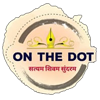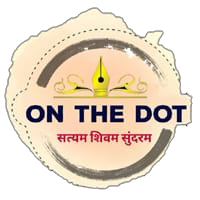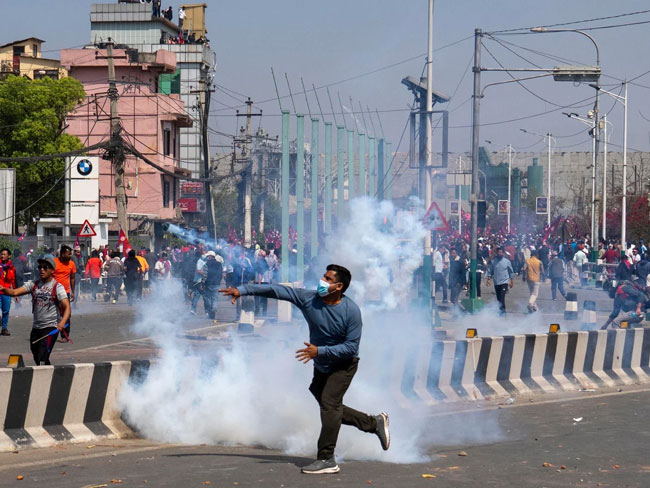The people of Nepal are beginning to feel deceived in the name of democracy. The demand for the reinstatement of monarchy and Nepal as a Hindu nation has turned into a violent movement. Protesters have taken to the streets, clashing with security forces. On Friday, violent confrontations erupted between demonstrators and security personnel in Kathmandu and several other areas. Incidents of arson were reported, and at least two people lost their lives. The Nepalese government has deployed the army and imposed curfews in multiple regions.
It is important to note that in 2008, the very same people had abolished the monarchy and placed their faith in democracy. However, under the guise of democracy, Nepal’s communist government has largely aligned itself with China, even at the expense of the nation’s own interests. As a result, pro-monarchy organizations have mobilized the public to once again demand the return of the monarchy. These groups are actively protesting for the reinstatement of former King Gyanendra Shah.
Political Instability Persists
When Nepal transitioned from a monarchy to a democracy, people had high hopes for a better future. However, in the past 16 years, the country has witnessed ten different governments come and go. Political disputes over power and alliances have prevented the implementation of public welfare policies. Corruption within the government has reached alarming levels. Meanwhile, China has exploited Nepal under the pretext of development, and relations with India have also deteriorated. Many now believe that strong central leadership and public welfare can only be ensured under a monarchy.
“King, Come Back and Save the Nation”
Throughout Nepal’s history, several kings have been regarded as just rulers who ensured public security and stability. Frustrated with corruption and political instability, people have started reminiscing about the past. Many still remember King Birendra Shah as a good ruler. On February 19, former King Gyanendra Shah arrived at Tribhuvan International Airport, where his supporters organized a massive motorcycle rally. The rally echoed the slogan: “King, come back and save the nation.”
Nepal as a Hindu Nation
During the monarchy, Nepal was officially recognized as a Hindu nation. However, after democracy was introduced, communist forces gained dominance. Historically, Nepal has never been colonized and enjoyed stability under monarchy. The country has a large Hindu majority, and many believe that only under a monarchy can their cultural and religious identity be preserved. Nepal’s constitution declares the country a secular state, but many argue that, being a Hindu-majority nation, it should not have been declared secular, as this threatens Nepal’s cultural heritage.
Nepal’s Democratic Struggle and the Fall of the Monarchy
Nepal’s democratic movement began in 1990, leading to the introduction of a multi-party system. After King Mahendra Shah, his son King Birendra Shah functioned as a constitutional monarch, working alongside the government. However, in 2001, a massacre in the royal palace led to the deaths of King Birendra and several of his family members. Following this tragedy, Gyanendra Shah ascended the throne. In 2005, he abolished democracy and imposed military rule, triggering widespread opposition. By 2008, the monarchy was abolished, and Nepal was declared a republic.
Now, amid political instability and growing dissatisfaction with democracy, many Nepalese citizens are reconsidering the role of the monarchy and calling for its return.




